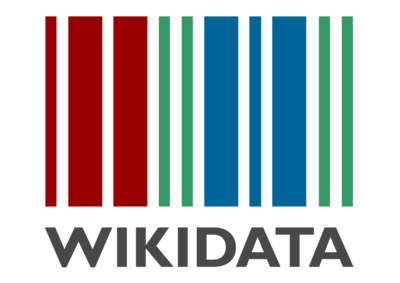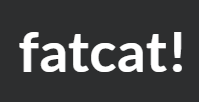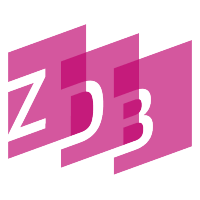The Revista Guillermo de Ockham provides an immediate and open access to its content, based on the principle of offering the public a free access to investigations to provide a global interchange of knowledge.
Unless otherwise established, the contents of this journal has a license with Creative Commons Attribution-NonCommercial-NoDerivatives 4.0 International (CC BY-NC-ND 4.0) http://creativecommons.org/licenses/by-nc-nd/4.0/
- Attribution: You must give appropriate credit, provide a link to the license, and indicate if changes were made. You may do so in any reasonable manner, but not in any way that suggests the licensor endorses you or your use.
- NonCommercial: You may not use the material for commercial purposes.
- NoDerivatives: If you remix, transform, or build upon the material, you may not distribute the modified material.
- No additional restrictions: You may not apply legal terms or technological measures that legally restrict others from doing anything the license permits.
Abstract
Este artículo es el producto de una investigación que tuvo dentro de sus objetivos fortalecer el pensamiento crítico durante la escritura de textos digitales en ambientes de aprendizaje apoyados por herramientas de la web 2.0 en estudiantes de educación media, cuyos resultados concernientes a la habilidad de construcción de argumentos durante la producción de textos digitales están consignados igualmente en el presente escrito. El enfoque asumido en el estudio fue mixto y en él participaron treinta y dos estudiantes de grado once, quienes durante once sesiones elaboraron producciones escritas digitales que evidenciaran procesos de argumentación. Los resultados mostraron que es posible fortalecer la construcción de argumentos en las prácticas de escritura digital.
References
CHURCHILL, D. (2009). Educational applications of Web 2.0: Using blogs to support teaching and learning. En: British Journal of Educational Technology 40(1). pp. 179–183.
FACIONE, P.A., Facione N.C. y Giancarlo C.A.F. (2000). The California Critical Thinking Disposition Inventory(CCTDI). Milbrae, California: The Academic Press.
FISHER, A. (2001) Critical Thinking: An Introduction. Cambridge University Press: Cambridge.
GUILLER, J., DURNDELl, A. y ROSS, A. (2008). Peer interaction and critical thinking: Face-to-face or online discussion? En: Learning and Instruction 18. pp. 187-200.
HALPERN, D. (2006). Halpern Critical Thinking Assessment Using Everyday Situations: Background and scoring standards (2º Report). Unpublished manuscript. Claremont, CA: Claremont McKenna College.
KUHN, D. (1999). A developmental model of critical thinking. En: Educational Researcher 28. pp. 16-46. Doi:10.3102/0013189X028002016.
MONZÁ, L. (2011). El blog y el desarrollo de habilidades de argumentación y trabajo colaborativo. En: Perfiles educativos 33 (131). pp. 80-93.
REYGADAS, P. (2005). El arte de argumentar. México: UACM–Castellanos Editores.
SCHEUER, O., LOLL, F y PINKWART, N. MCLAREN, B.M. (2010). Computer supported argumentation: A review of the state of the art. En: Computer-Supported Collaborative Learning 5. pp. 43–102.
SCHWARZ B.B. y DE GROOT, R. (2007). Argumentation in a changing world. En: Computer-Supported Collaborative Learning 2. pp. 297–313.
VIGOSTKY (1964). Pensamiento y Lenguaje. Buenos Aires: Lautaro.
WACQUANT L. (2005). Entrevista con Loïc Wacquant: Pensamiento crítico y disolución de la Doxa. En: Realidad visual 2. pp. 43-50.
































